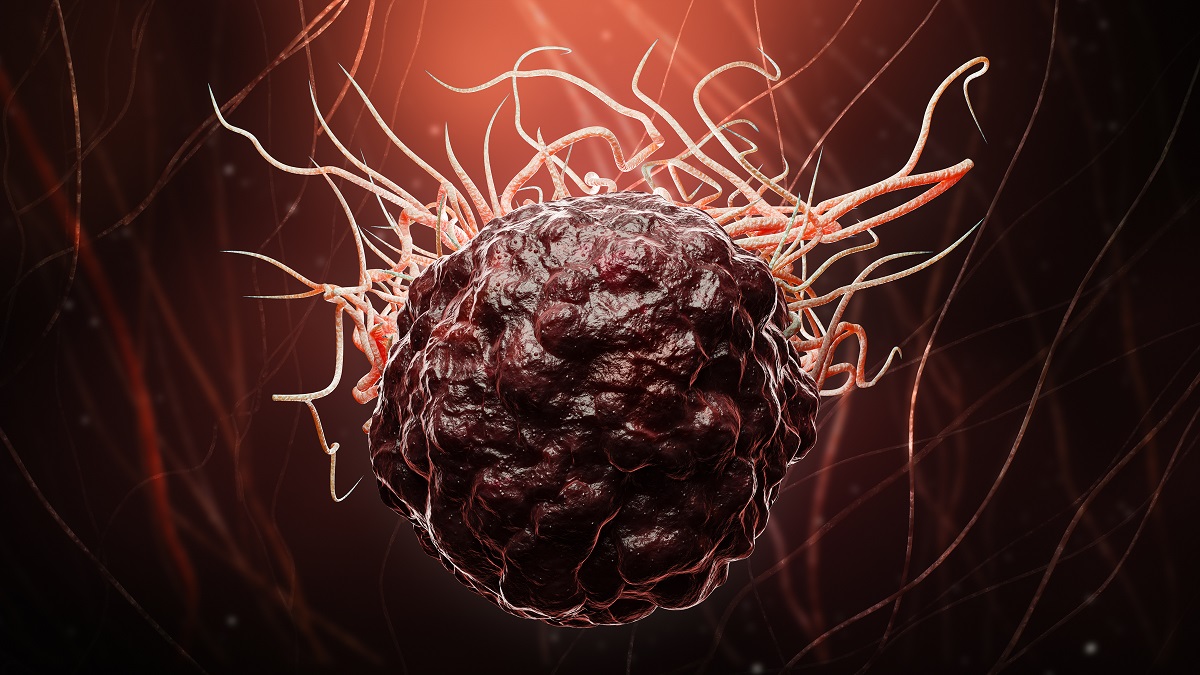KEY TAKEAWAYS
- The study aimed to investigate the neurologic clinicopathologic differences between primary and secondary NL.
- Researchers noted that secondary NL typically shows fulminant mononeuropathies on MRI, which is crucial for guiding treatment.
Neurolymphomatosis (NL) involves lymphomatous infiltration of the peripheral nervous system, presenting either as the first sign of lymphoma (primary NL [PNL]) or as a relapse of an existing lymphoma (secondary NL [SNL]).
Michael P. Skolka and the team aimed to assess the distinct neurologic and pathologic characteristics of primary versus secondary NL.
They performed an inclusive analysis of patients diagnosed with pathologically confirmed NL in the nerve between January 1, 1992, and June 30, 2020. Clinical characteristics, neurologic examination results, imaging studies, EMG, and nerve biopsy data were collected, analyzed, and compared between those with primary neurolymphomatosis (PNL) and secondary neurolymphomatosis (SNL).
About 58 patients were identified (34 PNL and 24 SNL). Time from neurologic symptom onset to diagnosis was longer in PNL at 18.5 months compared with 5.5 months in SNL (P = 0.01). Neurologic symptoms were similar in both patient groups and included primarily sensory loss (98%), severe pain (76%), and asymmetric weakness (76%). A wide spectrum of EMG-confirmed different neuropathy patterns were observed, but patients with SNL had increased numbers of mononeuropathies (n = 8) compared with PNL (n = 1, P = 0.01).
MRI studies detected NL more frequently (86%) compared with fluorodeoxyglucose (FDG)-PET CT imaging studies (60%) (P = 0.007). Nerve biopsies revealed B-cell lymphoma (PNL n = 32, SNL n = 22), followed by T-cell lymphoma (PNL n = 2, SNL n = 2), with increased demyelination in both groups and increased axonal degeneration (P = 0.01) and multifocal myelinated fiber loss (P = 0.04) significant in SNL vs PNL. Identifying SNL resulted in patient treatment modifications but a worse prognosis compared with PNL (P = 0.025).
The study concluded that while primary and secondary NL both present as painful, asymmetric neuropathies with axonal and demyelinating features, secondary NL typically exhibits fulminant, asymmetric mononeuropathies more effectively detected on MRI than FDG-PET/CT.
The focal pattern in secondary NL is likely due to residual cancer cells that evaded initial chemotherapy. Identifying secondary NL is crucial as it leads to changes in treatment and management, although it is associated with a poorer prognosis compared to PNL.
No funding information was given for this source.
Source: https://pubmed.ncbi.nlm.nih.gov/39226481/
Skolka MP, Suanprasert N, Martinez-Thompson JM, et al. (2024). “Neurologic Clinical, Electrophysiologic, and Pathologic Characteristics of Primary vs Secondary Neurolymphomatosis.” Neurology. 2024;103(6):e209777. doi:10.1212/WNL.0000000000209777



